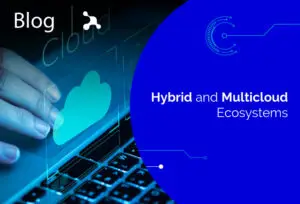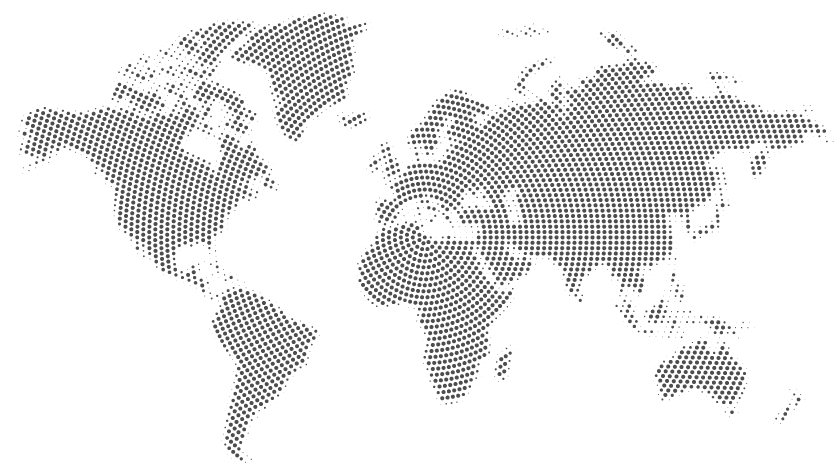SOFTWARE MAINTENANCE INVOLVES ACTIVITIES aimed at preserving and enhancing the functionality of existing software. This includes fixing code errors, performing updates to improve functionality, ensuring stability, and optimizing system performance.
On the other hand, SOFTWARE MODERNIZATION REVOLVES AROUND THE TRANSFORMATION and upgrading of legacy software that either no longer functions or requires new features using more advanced, innovative, and efficient technologies.
What is the difference between maintenance and modernization?
Software maintenance focuses on optimizing an existing solution or development without making fundamental changes or adding new functionalities. In contrast, modernization involves significant changes to drive the evolution and competitiveness of the software, introducing new features that meet current business needs.
Continuous integration plays a crucial role in optimization.
Continuous integration plays a crucial role in optimization. By implementing integration into your processes, you can reliably optimize your software. If performed frequently, updates keep your software current and in line with the ever-changing market demands.
Continuous integration also facilitates collaboration among team members. Working in an environment where changes are integrated in real-time promotes constant communication and efficient management of activities, aligning all parties involved to work towards a common goal: enhancing existing software and adapting it to your company’s needs.
Don’t let outdated software solutions hinder your success by failing to keep up with the pace of your company’s needs and new objectives. Embrace maintenance and modernization to ensure your software remains a valuable asset in meeting business challenges head-on.




